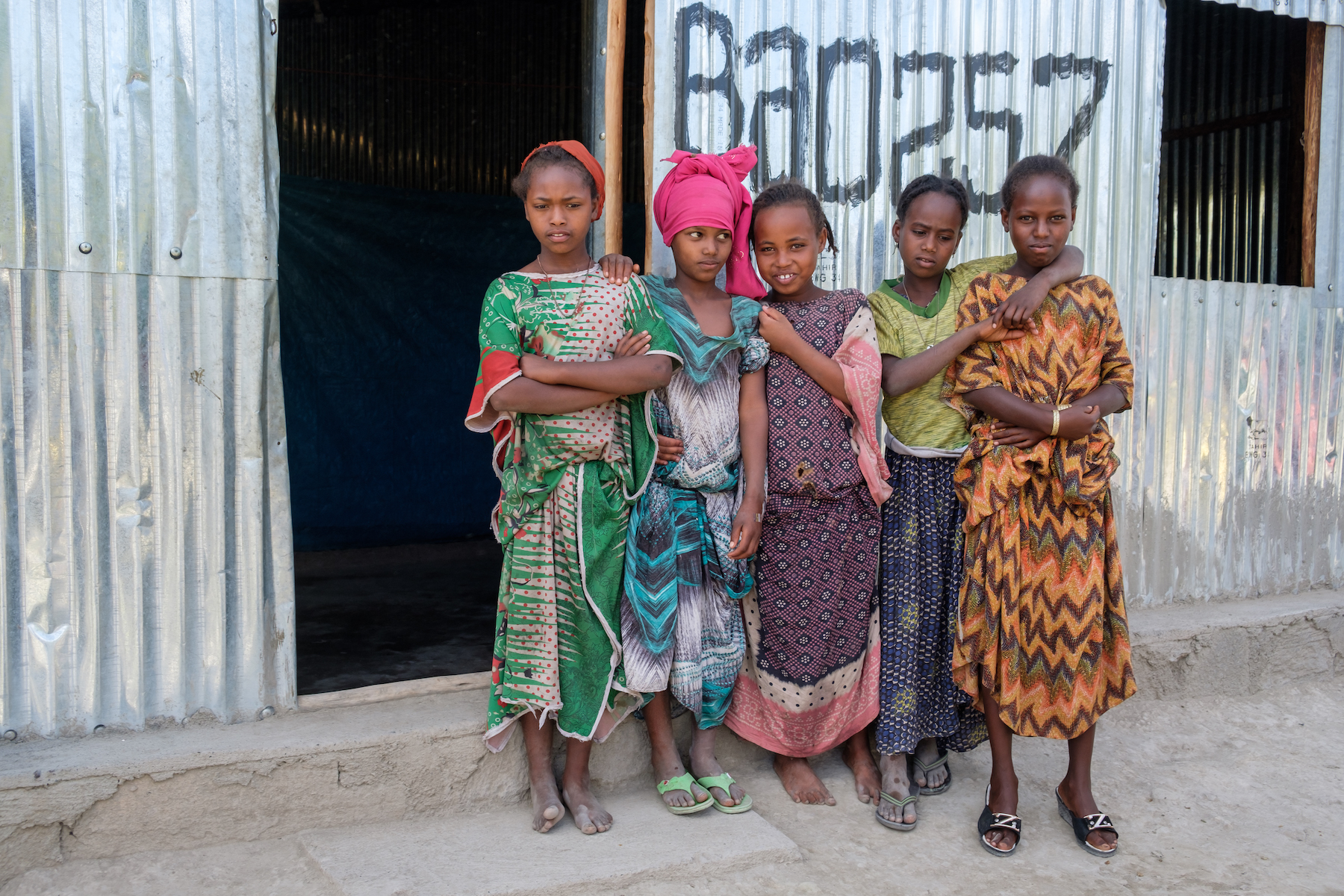
Adolescents in Humanitarian Crisis. Displacement, Gender and Social Inequalities
publication
Adolescents in Humanitarian Crisis. Displacement, Gender and Social Inequalities
08.06.2021 | Cross-country
Country
Cross-country
Capability domains
Bodily integrity and freedom from violence
Audience type
Researcher
Year of publication
2021
Study methodology
Mixed-methods
Authors
Edited by Nicola Jones, Kate Pincock, Bassam Abu Hamad
Adolescents in Humanitarian Crisis investigates the experiences of adolescents displaced by humanitarian crisis.
The world is currently seeing unprecedented levels of mass displacement, and almost half of the world’s 70 million displaced people are children and adolescents under the age of 18. Displacement for adolescents comes with huge disruption to their education and employment prospects, as well as increased risks of poor psychosocial outcomes and sexual and gender-based violence for girls. Considering these intersectional vulnerabilities throughout, this book explores the experiences of adolescents from refugee, internally displaced persons and stateless communities in Bangladesh, Ethiopia, Jordan, Lebanon, Palestine and Rwanda. Drawing on innovative mixed-methods research, the book investigates adolescent capabilities, including education, health and nutrition, freedom from violence and bodily integrity, psychosocial wellbeing, voice and agency, and economic empowerment.
Centring the diverse voices and experiences of young people and focusing on how policy and programming can be meaningfully improved, this book will be a vital guide for humanitarian students and researchers, and for practitioners seeking to build effective, evidence-based policy.
Suggested citation
Jones, N., Pincock, K. and Abu Hamad, B. (eds.) (2021) Adolescents in Humanitarian Crisis. Displacement, Gender and Social Inequalities. Oxford: Routledge (https://www.routledge.com/Adolescents-in-Humanitarian-Crisis-Displacement-Gender-and-Social-Inequalities/Jones-Pincock-Hamad/p/book/9780367764616#)
Available open access
Table of contents
Chapter 1
Leaving no one behind: Exploring the experiences of adolescents in humanitarian settings
Chapter 2
'We Are Not Allowed': Barriers to Rohingya Refugees’ Educational and Economic Opportunities
Chapter 3
'We are not accepted here': Intersecting vulnerabilities of internally displaced adolescents in Ethiopia.
Chapter 4
‘There is nothing else to aspire to in our life’: Exploring the psychosocial wellbeing of married Syrian refugee girls in Lebanon
Chapter 5
'They tell me that I can write and read, so no need for school': Challenges in realising international commitments to refugee education in Jordan
Chapter 6
“I no longer have a hope of studying”: The Impact of gender norms on the education and psychosocial well-being of refugee girls in Rwanda
Chapter 7
'Why should I stay in the classroom?' Drivers of school dropout among stateless Palestinian adolescents in Jordan
Chapter 8
'No one should accept a miserable life like that!': Exploring the drivers of and entrypoints for reducing violence against adolescent refugees in Gaza
Chapter 9
‘It's the fear that is killing us, not the actual disease!’: Covid-19: An unfolding crisis for adolescents in humanitarian settings
Chapter 10
Concluding reflections: Towards an agenda for policy, practice and research
